April 25, 2022
Dipl.Ing. Horticulture Agrochemical Engineer Walter Witte, Germany
Quedlinburg Neighborschulte Agrarservice. Owner DirkNeighborschulte, Germany, Dorsten
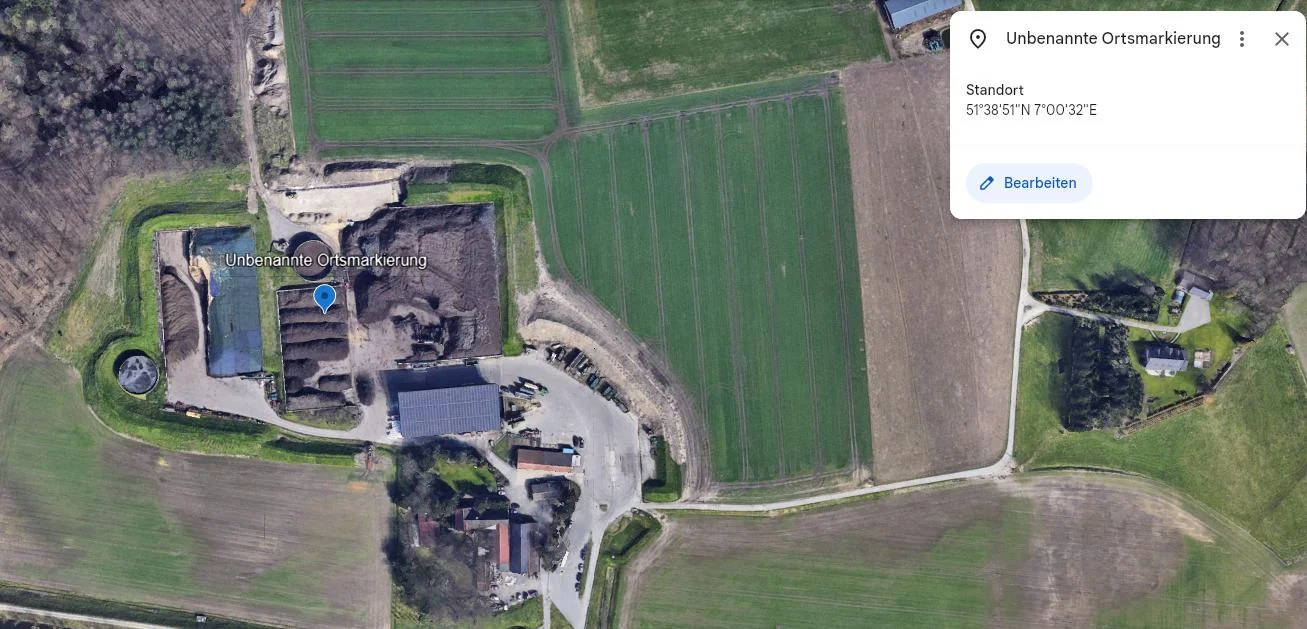
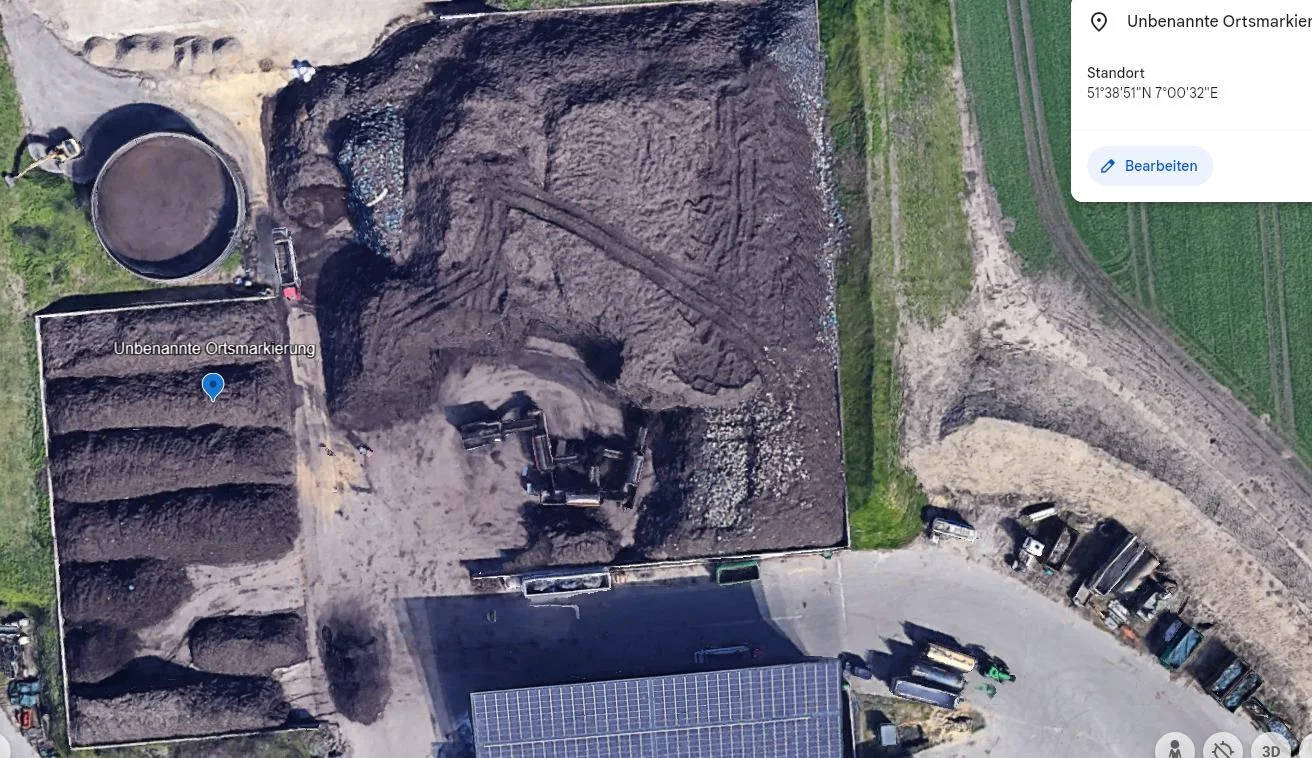
Project period:
April 1, 2022 .... December 31, 2023
01/01/2024 .... (no end)
Methodology:
CO2 Microbial Carbonization.
Expected carbon benefit:
Can be bound over 1 year retirement, or 5, 10, 20, 50 or 100 years Option
2022-23: Certified, and Validated results
40,000 tons CO2 =
2.5 to 5 million Euro valuation
2024: Projected Results 120,000 tons CO2 or
> 800,000 tons CO2 =
up to 15 million Euro valuation
2025: Projected Results 210,000 tons CO2 or
> 1,600,000 tons CO2 =
up to 33.6 million Euro valuation
2026: Projected Results 400,000 tons CO2 or
> 2,800,000 tons CO2 =
up to 126 million Euro valuation
2027: Projected Results 450,000 tons CO2 or
> 3,800,000 tons CO2 =
up to 182.4 million Euro valuation
2028: Projected Results 600,000 tons CO2 or
> 5,800,000 tons CO2 =
up to 301.6 million Euro valuation>
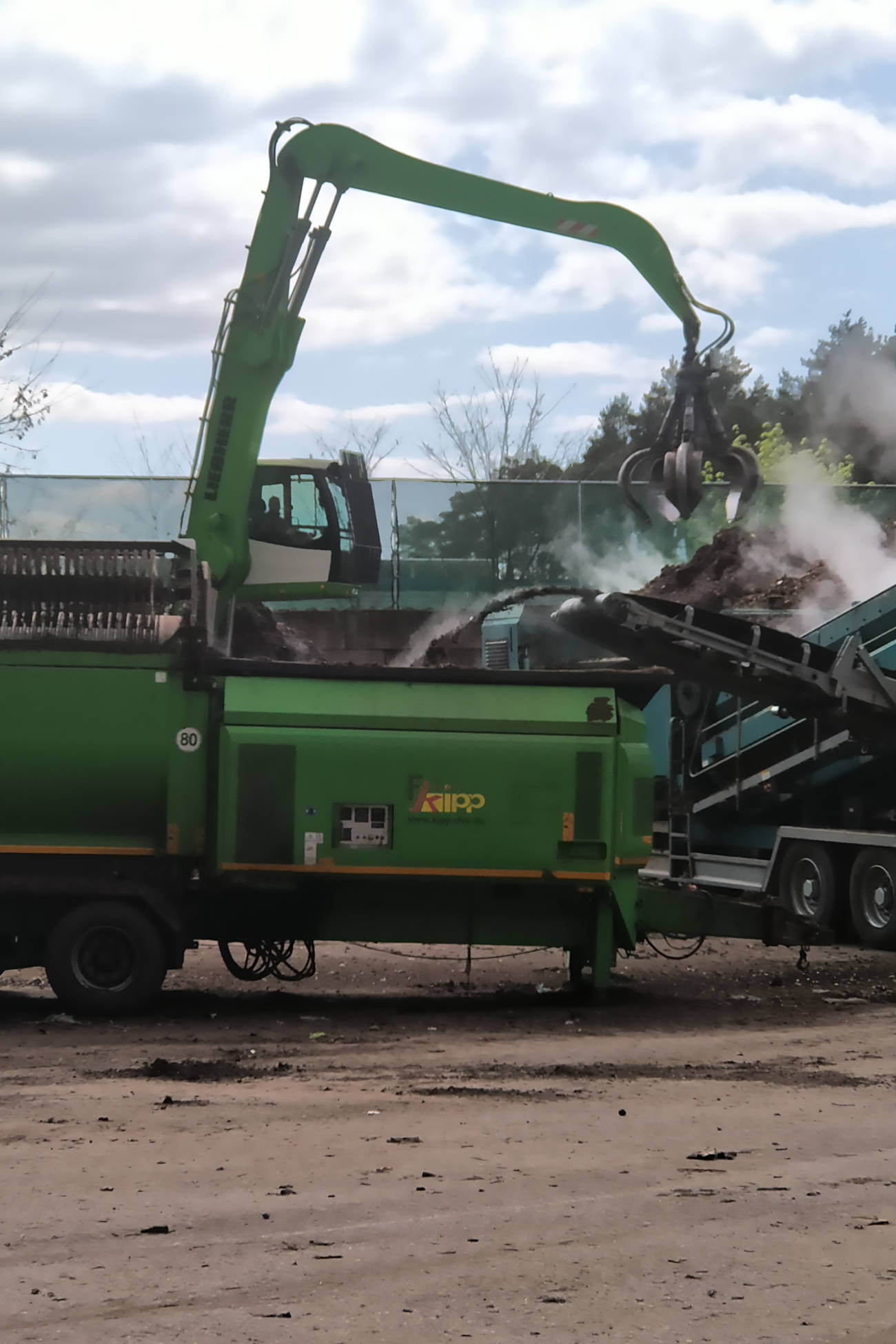
Market Funding:
Without the additional financial proceeds from the sale of the CO2 certificates, the technology according to the BioWitteCO2 project development team and independent scientists, cannot be economically implemented and 1.82 million tons of CO2 per year will be released into the atmosphere.
The carbon footprint that is eliminated by this projects agricultural method and systems reduces CO2 emissions and in addition there is a healthy reduction of reliance on the chemical industry to produce the pesticides that are then required, plus a reduction possibly elimination of fungicides and plastic fertilizers for this farm to produce food and crops.
The amount of space required to sequester the CO2 for the Witte Bio CO2 Project is very small, and the cost of setting up the facility is well within the budget of small, medium and large scale farmers. The project is an innovation project backed up by exceptional nature based science. Plus Energy is generated from the process.
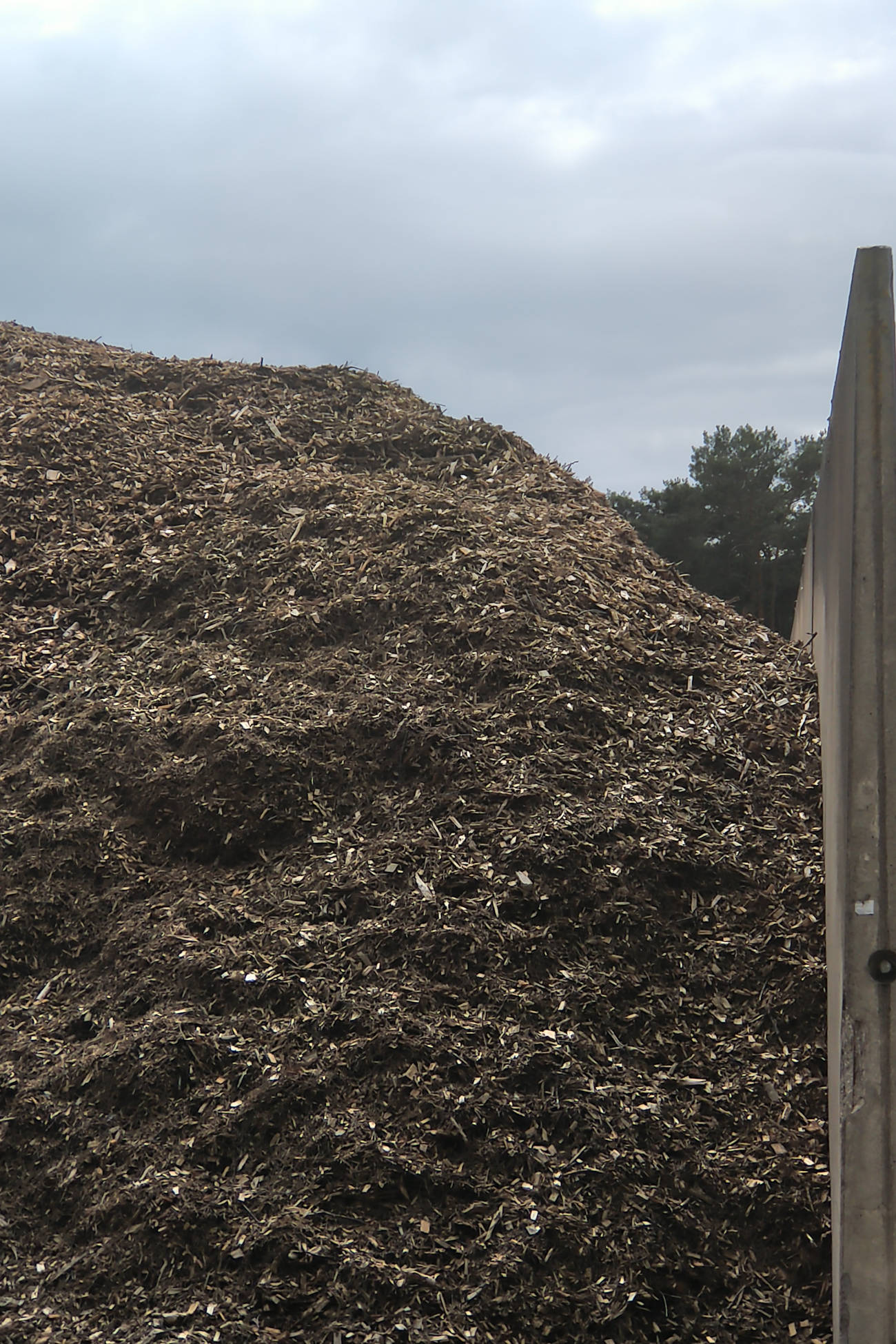
Expected Living Benefit:
This project has been tested and Certified and can be duplicated through the agricultural community. Its results can be easily quantified to have a serious impact on the reduction of agricultural CO2 emissions globally. Agricultural production is estimated to account for 40 percent of global food system emissions, which some experts put at roughly 18 Giga Tons CO2 per year.
In a head-to-head comparison between conventional no-till and organic plowed systems, organic plowed systems sequestered more carbon even though the sampling was restricted to shallow soil, where no-till tends to show carbon accumulation.2 Although more studies are needed, there are good reasons to believe that organic systems would do at least as well as conventional systems deeper in the soil. Current organic systems typically employ plowing to control weeds, and conventional plowed systems generally sequester more carbon at greater soil depths than no-till. Baker, J.M., et al. 2007. Tillage and soil carbon sequestration. What do we really know? Agriculture, Ecosystems and Environment 118:1 5.
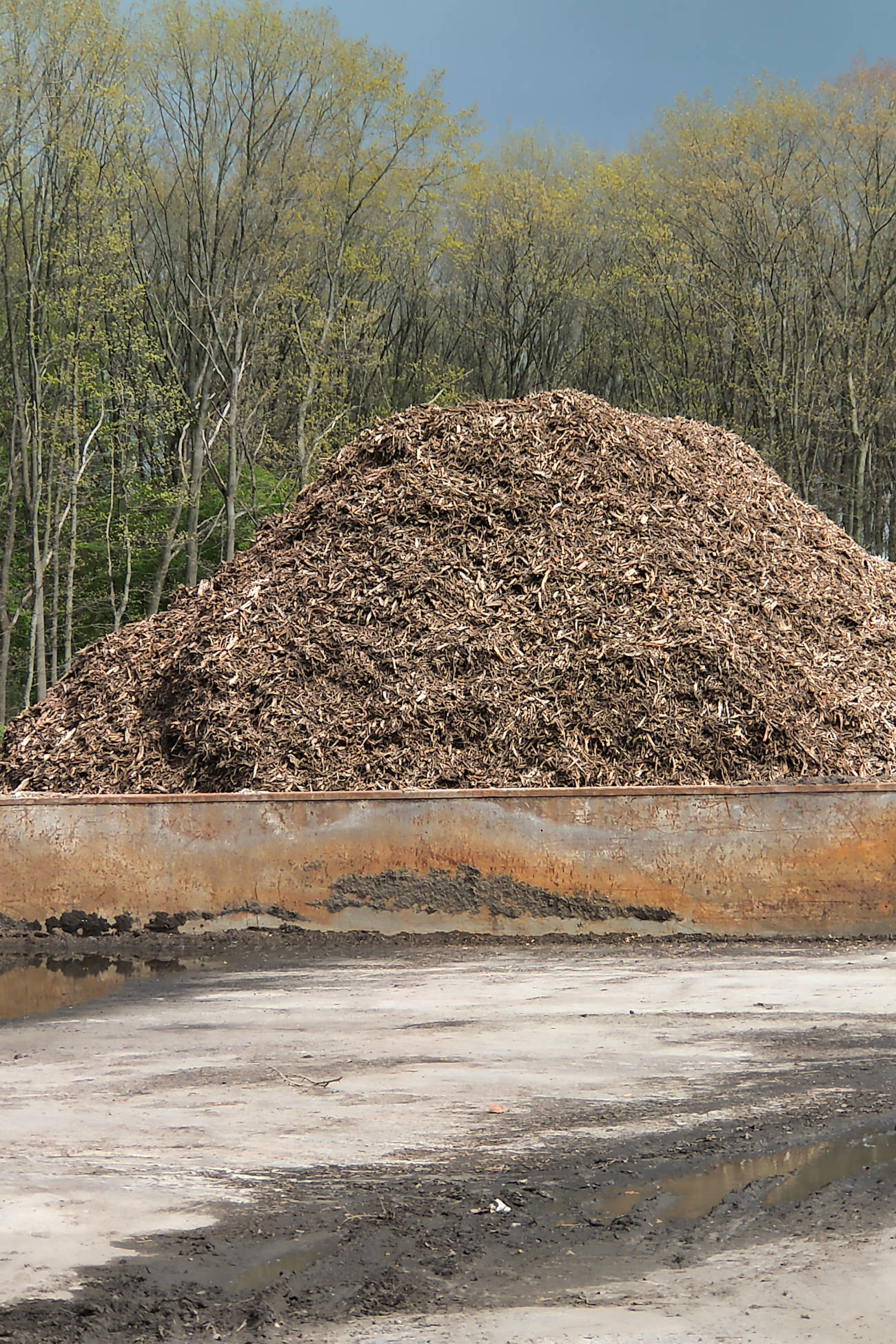
Project Interventions:
The biomaterial generated and disposed of by municipalities, the biomaterial generated in agriculture and forestry and not used should not rot in landfills, should not be burned, should not be plowed under, and should not be burned in an oxidative microorganic manner in the course of metabolism.
All of these natural organic processes while avoiding significant CO2 emissions which cannot be composted to produce nutrient humus, as all CO2 bound through plant photosynthesis and will then immediately be returned to the natural cycle as CO2 within a quantitatively calculated period of several months at the latest.
By using WitteBioCO2 processes, this photosynthetically bound CO2 is withdrawn from the natural cycle in a long-term stable manner and has the additional benefit of upgrading and improving soil fertility and the water-holding and moisture-absorption resistance of agricultural soils.
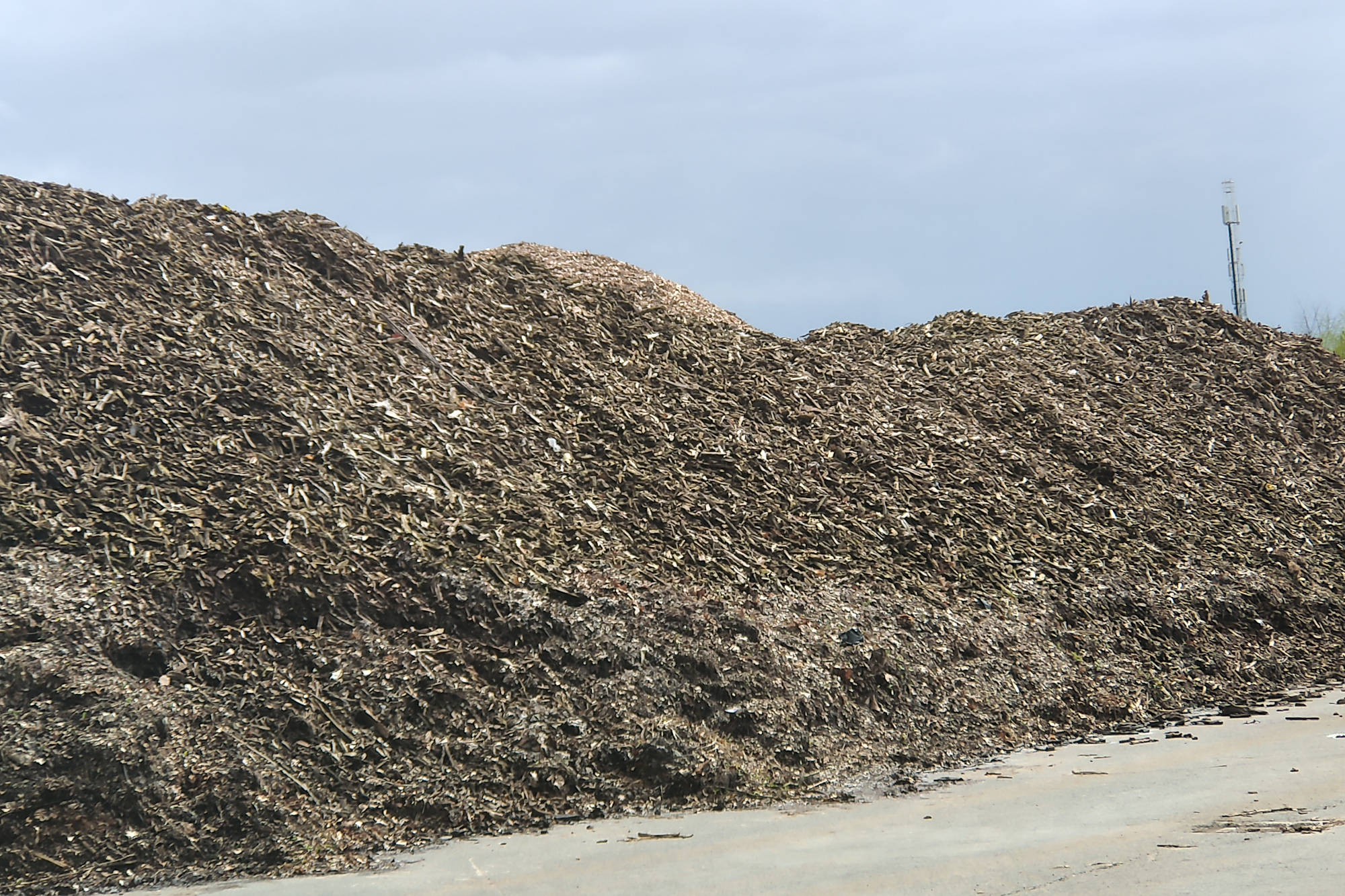
The property on which the 40,000 tons of CO2 certificates were produced is approximately 6,000 square meters in size. The property is a concrete area which is required by the German environmental authorities to avoid further emissions or groundwater contamination (law: BimSchG).
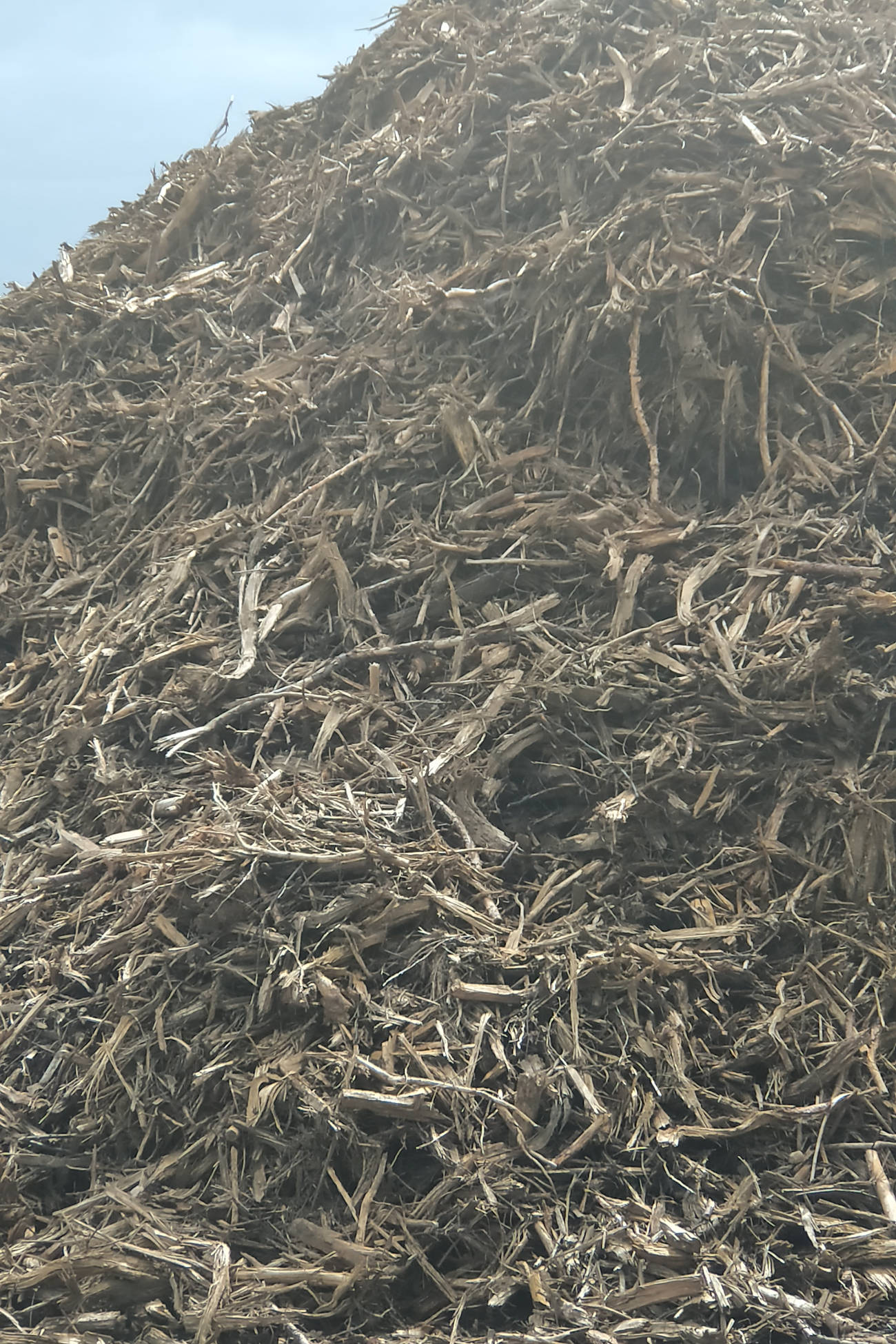
The biomaterial or culture substrate was collected and transported decentrally from an area of approx. 20,000 square kilometers to the WitteBioCO2 areas using logistical optimization including the use of empty truck runs. The co-substrate that is a separated digestate was procured from the immediate
distance of the technological composting sites max. 40 km.
With the acceptance of the biological culture substrate and the biological co-substrate, the project sponsor has become the owner/owner of the bio-material resulting from CO2 assimilation.








